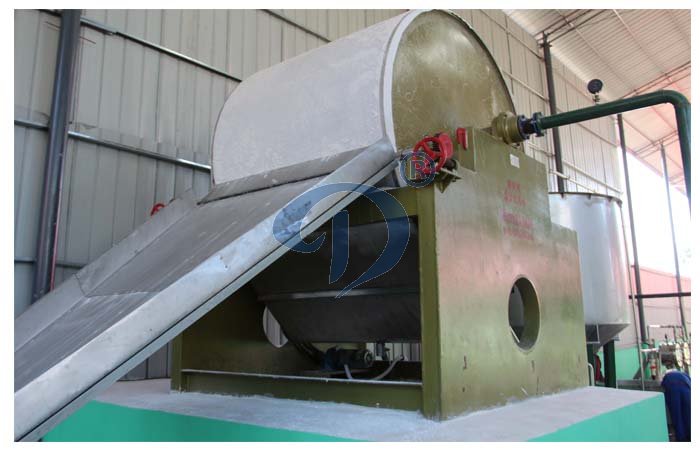The introduction of tapioca flour
Industry news / Chat on line / Give me a price / Date:2016-02-29
Cassava, sometimes we call it tapioca, yam etc Cassava is a popular food in Nigeria and other countries in Africa.
To produce cassava/ tapioca flour, the roots are dried and ground to fine powder. Tapioca flour is made from cassava starch while cassava flour is made from the cassava root.
How to make tapioca flour?
After harvesting mature cassava roots, the roots are peeled and washed. They are then grated and dehydrated with a screw or hydraulic press. They are then often dried before being finely milled and packaged. For this process, the most common equipment is a grater, press, dryer, miller and packaging machine. Drying is one of the major factors for making premium cassava flour. There are several ways to dry cassava roots or grated cassava. Natural drying is done by exposing cassava roots or chips to sunlight which is cheap, but also risky as it exposes the cassava to pests and diseases. It is also a long process. Artificial drying is done by de-hydrating cassava with a controllable energy source. An example of artificial drying is the rotary dryer which consist of a drum-like chamber, similar to a tumble dry, which is fueled by energy and rotates the product to extract moisture

Cassava flour/ tapioca flour dewatering machine
Nutrition of tapioca flour
The tapioca flour is high in calories. 100 grams of cassava flour provide about 340 calories and is slightly higher than the amount that wheat flour provides (333 calories). The flour is quite low in fat, with about 1.6 gram per 100 grams. It is rich in carbohydrates (80g/100g) and in fiber (12g/100g). Dietary fiber promotes digestion and can balance cholesterol levels. Cassava flour provides less protein than wheat flour, 1.6g/100 g compared to 13 g/100 g, but is an excellent gluten-free alternative for people suffering from celiac disease.

 Call us
Call us Chat online
Chat online

